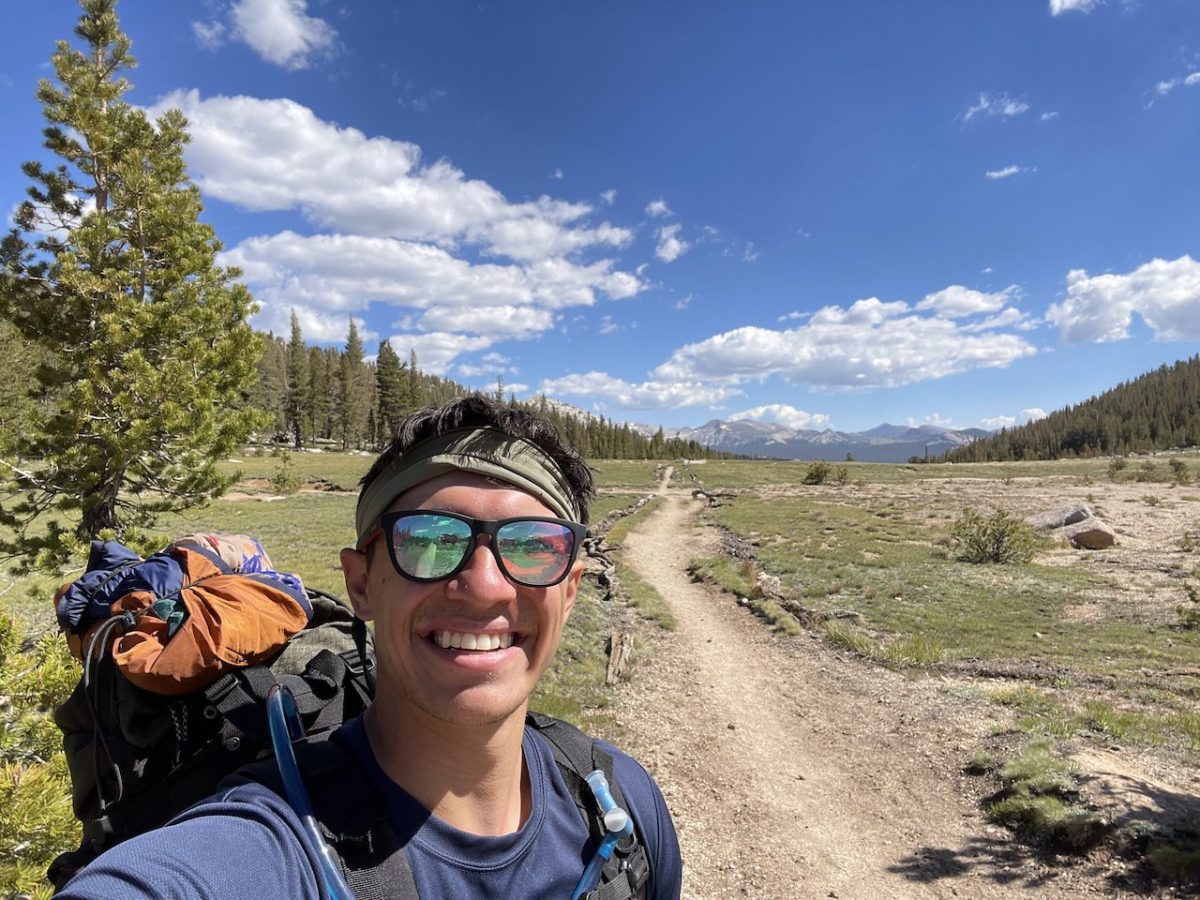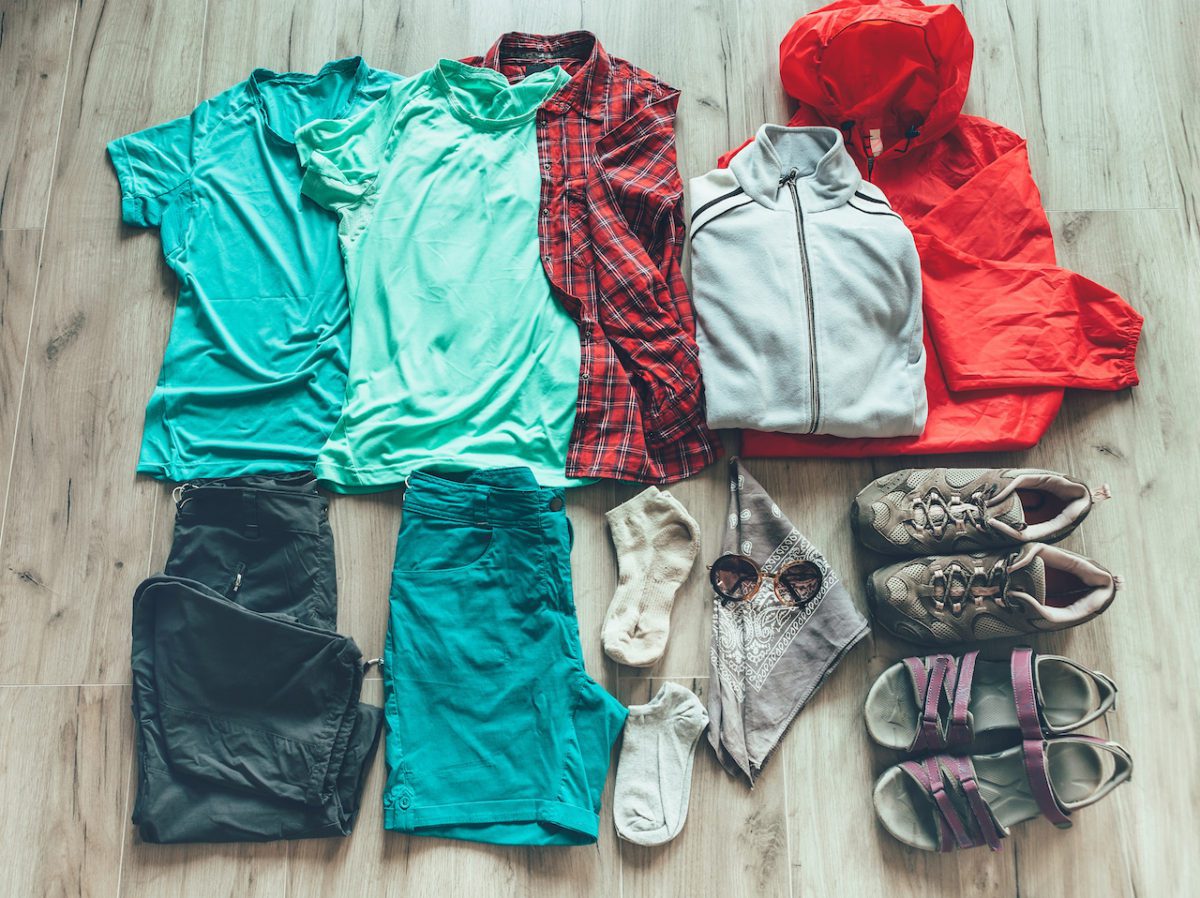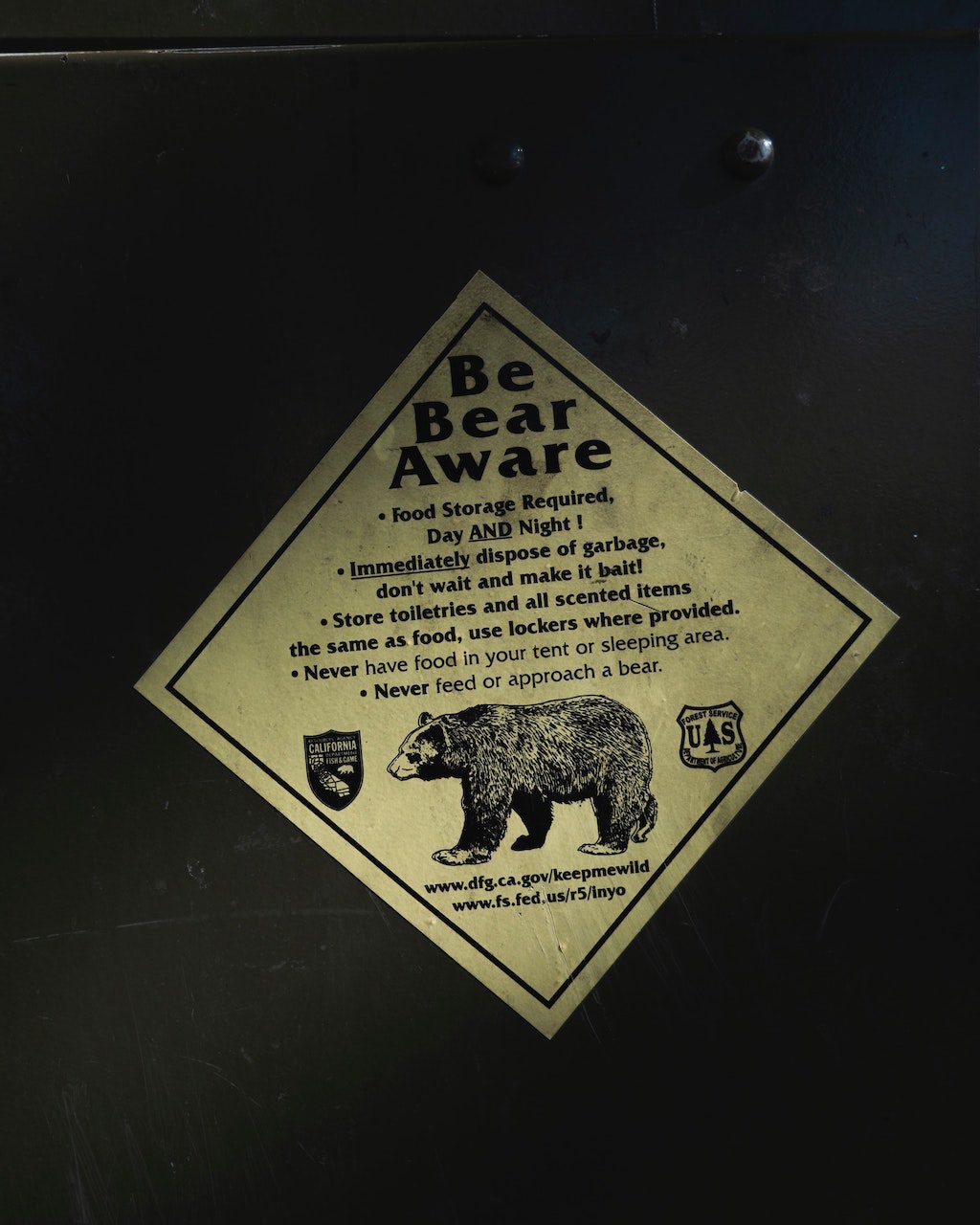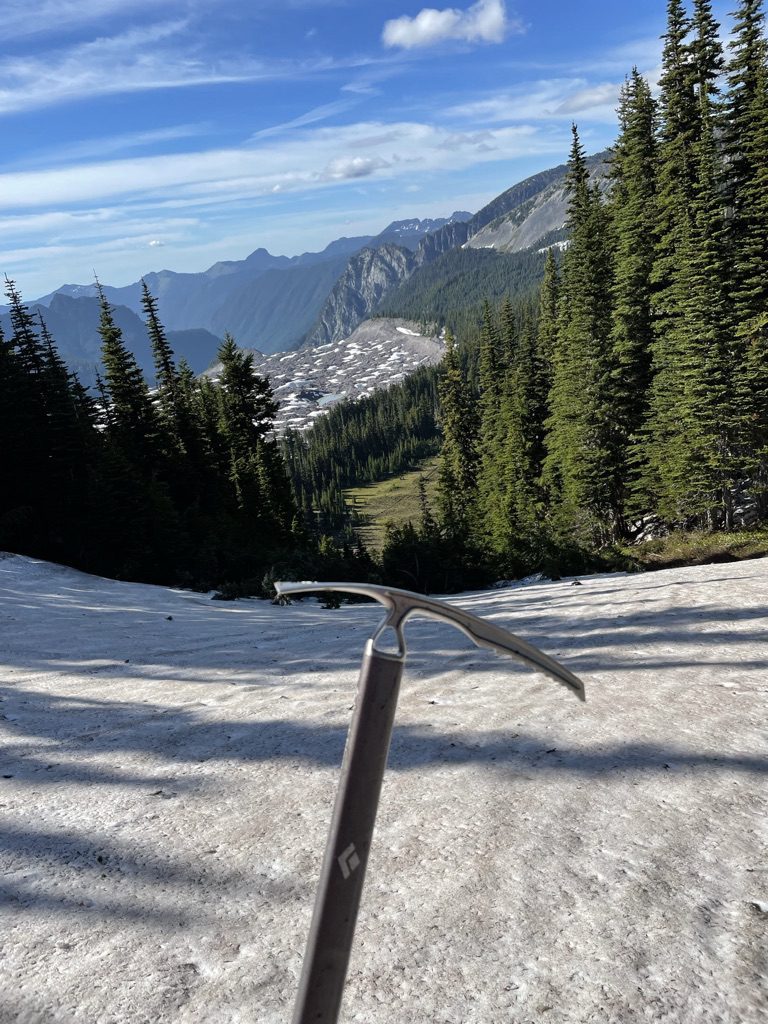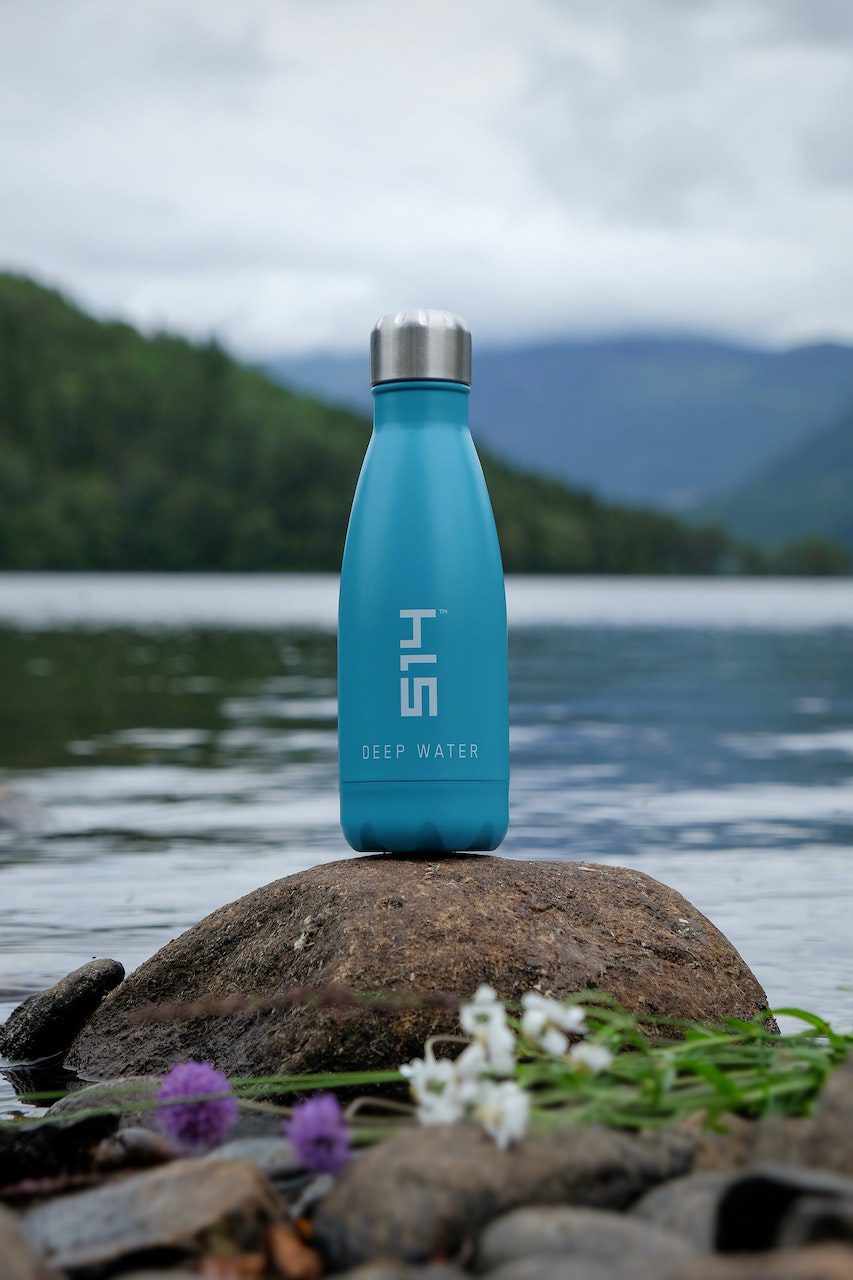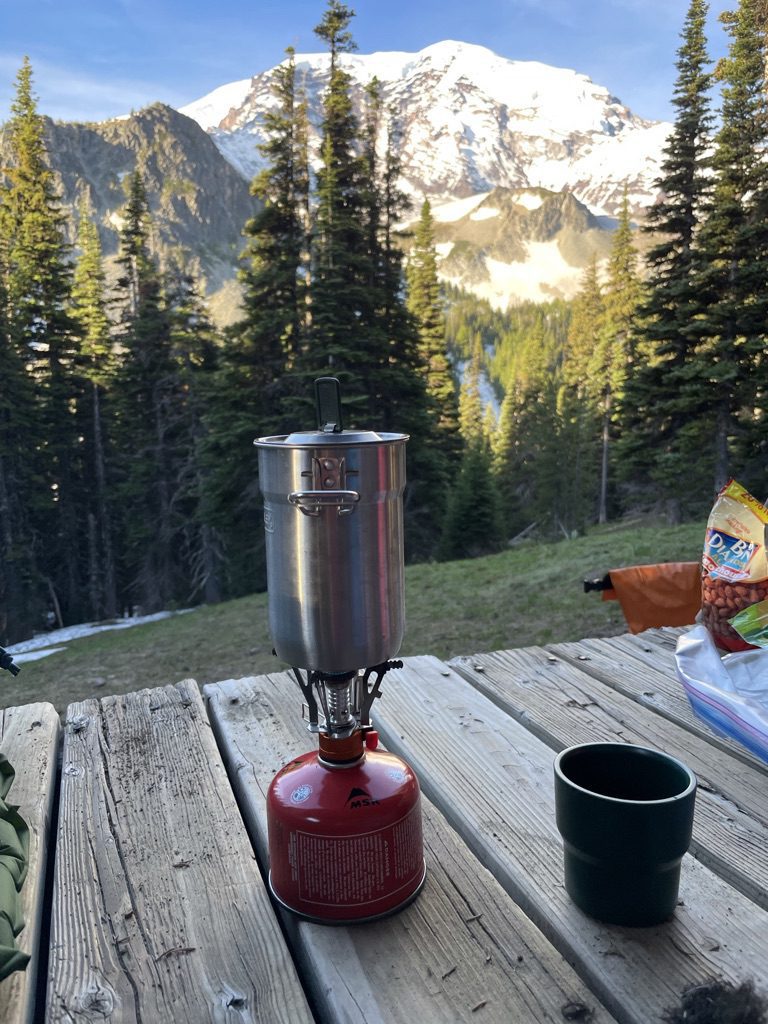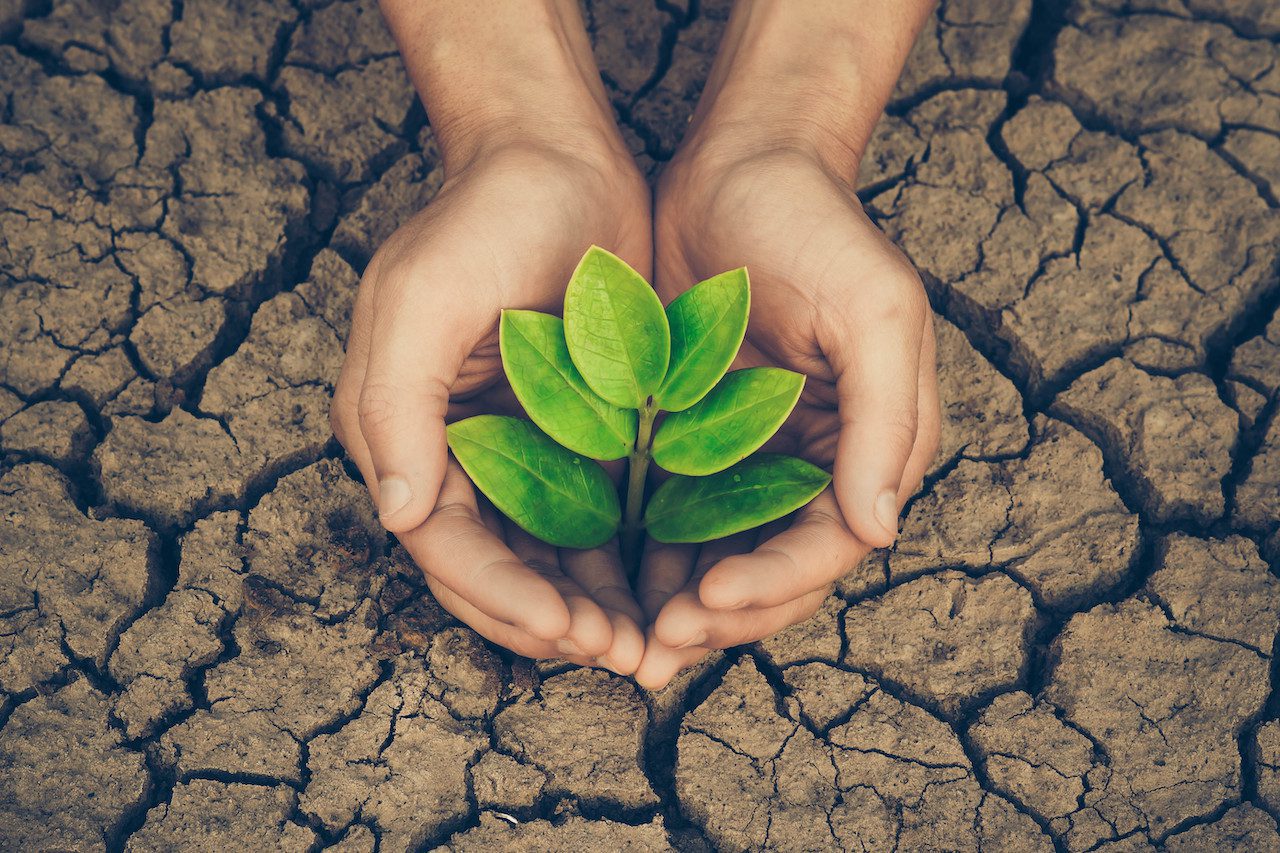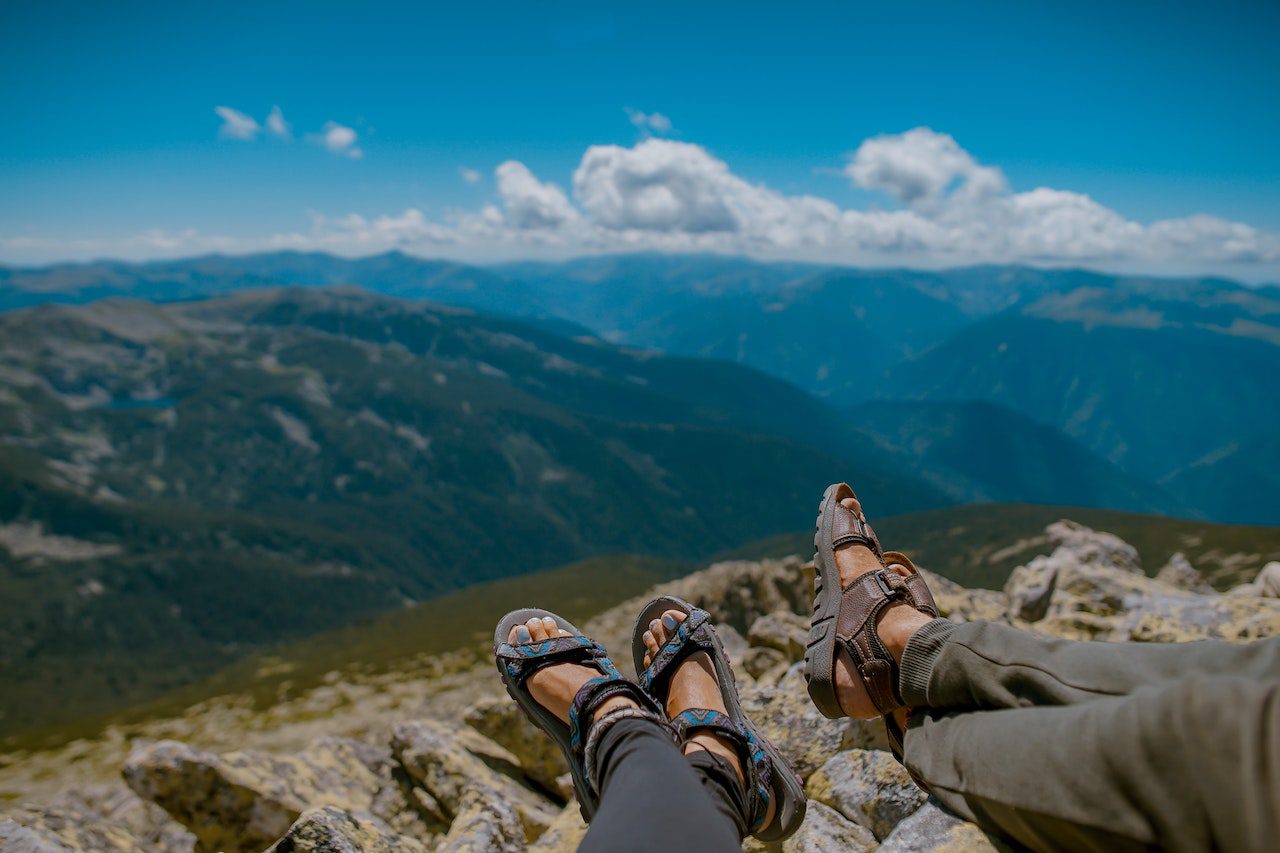Is Backpacking Worth It? When To Backpack Vs. Car Camp

If you are an avid day hiker but have yet to go on an overnight backpacking trip, the question you probably have is, “is backpacking worth it?” I mean, it’s a fair question. You are hiking many miles with fluctuating elevation changes while carrying a heavy pack for multiple days.
I don’t think anyone would characterize backpacking as a comfortable or relaxing vacation, and it is, without a doubt, a form of “type two fun”. So when is backpacking worth it? And when should you backpack vs car camp and do day hikes?
Soooo When Is Backpacking Worth It?
In short. Backpacking is worth it when going to a remote area that requires more miles of hiking than can be accomplished in a day hike.
As I said, backpacking is a lot of work, and for it to be worth it, the trip should cover the distance that cannot be done in a day hike while still having the spectacular views and solitude characteristic of all great backpacking trips.
Naturally, the distance that someone can cover in a day hike varies depending on the individual’s fitness, but the principle doesn’t change. If you want to cover more mileage into the backcountry than you are comfortable doing in a day hike, you should probably opt for a backpacking trip.
Soooo When Is Backpacking Not Worth It?
For me, backpacking is not worth it if the hikes you want to do are in the front country and are easily accessible by car. In these cases, it would be easier to car camp and drive to the trailheads for your day hikes.
You can make essentially anything a backpacking trip, but in my opinion, if you can hike the same trails with less weight and just car camp, why not do that?
Pro's Of Doing A Backpacking Trip:

Here’s the rundown of some of the pro’s of doing a backpacking trip.
#1 Enjoying Nature In Solitude

If planned right, a good backpacking trip will take you away from the crowds of people you will classically see on popular front-country hikes, such as Angels Landing in Zion National Park or Devils Bridge in Sedona. A backpacking trip should bring you deeper into the wilderness where the average tourist wouldn’t typically go.
During these trips you can truly experience nature without the hoards of humans, crying babies, and worst of all, the influencers trying to get that “perfect shot” for the gram.
Just you, a couple of buddies, enjoying your time in nature while catching sick views like these….
#2 Learn To Appreciate The Little Things
Whenever I return from a backpacking trip, I have much more gratitude and appreciation for the little things I have in my life. This is because backpacking reveals that your real needs are food, water, and shelter. When you realize that everything else is extra, appreciating what you have comes easily.
#3 Unplug

In a world where we are constantly connected through the internet and social media, it’s good to take a mental break now and then to reset. Let me tell you, backpacking through nature without any service will do the trick. It makes sense that spending time in nature does wonders for your mental health.
#4 Sense Of Accomplishment
Every time you finish a backpacking trip is an accomplishment. Conquering tall mountain passes, hiking many miles, and spending so much time in nature living just off the tools in your pack is no easy feat and it feels good to know that you earned your experience.
Cons Of Backpacking:
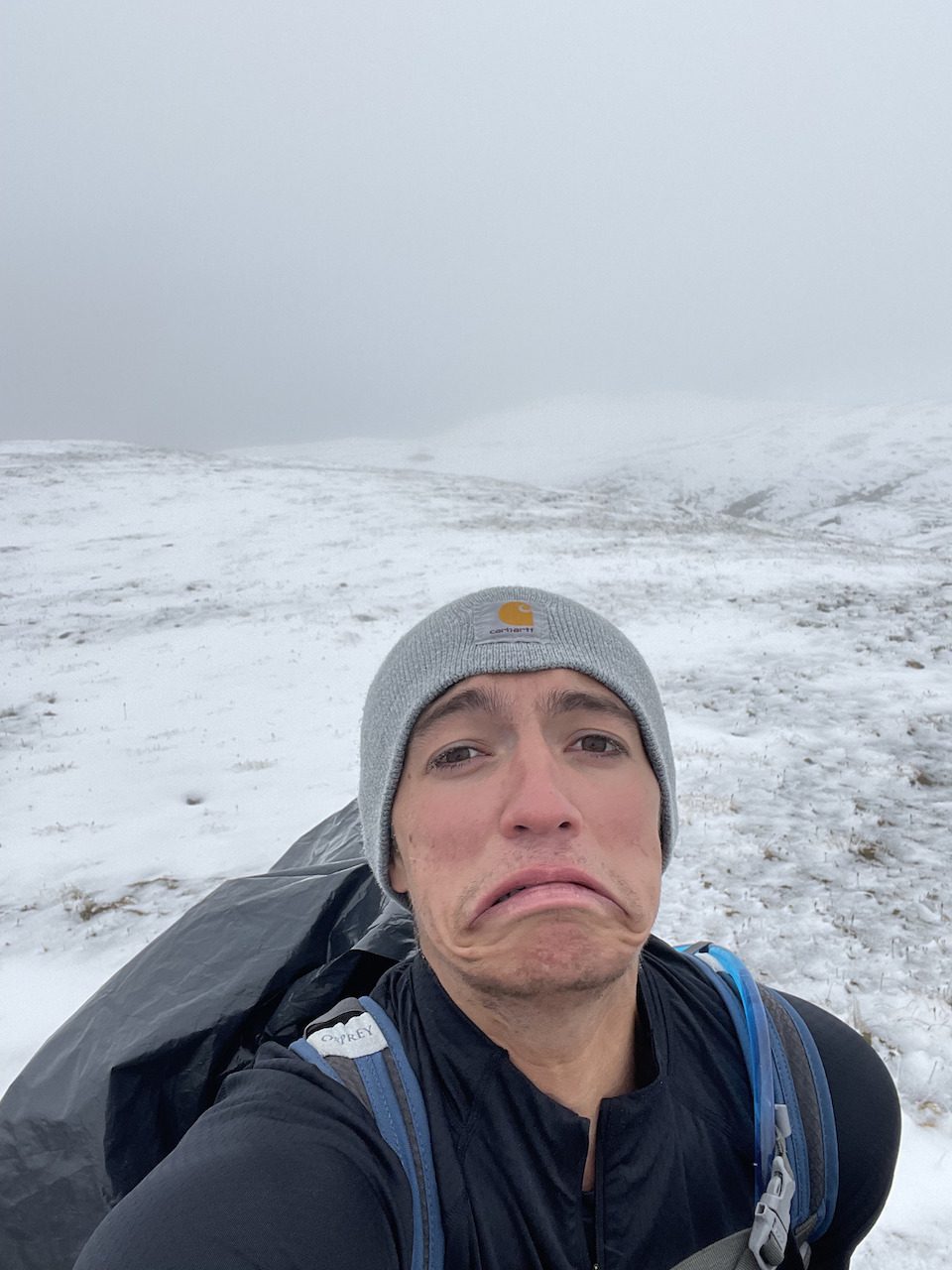
Here come the cons.
#1 Physically Challenging

Backpacking is tough. Carrying a heavy pack hiking a ton of miles, and climbing mountains is not easy work, but it’s the price you have to pay for seeing fabulous things.
#2 Logistically Challenging
Unlike most day hikes, backpacking trips require much more planning because you need to plan a route, acquire permits, and research the backcountry rules and regulations of the area you plan on visiting.
Whereas for most day hikes, you can drive up to a trailhead and get hiking.
#3 Requires Outdoor And Survival Skills
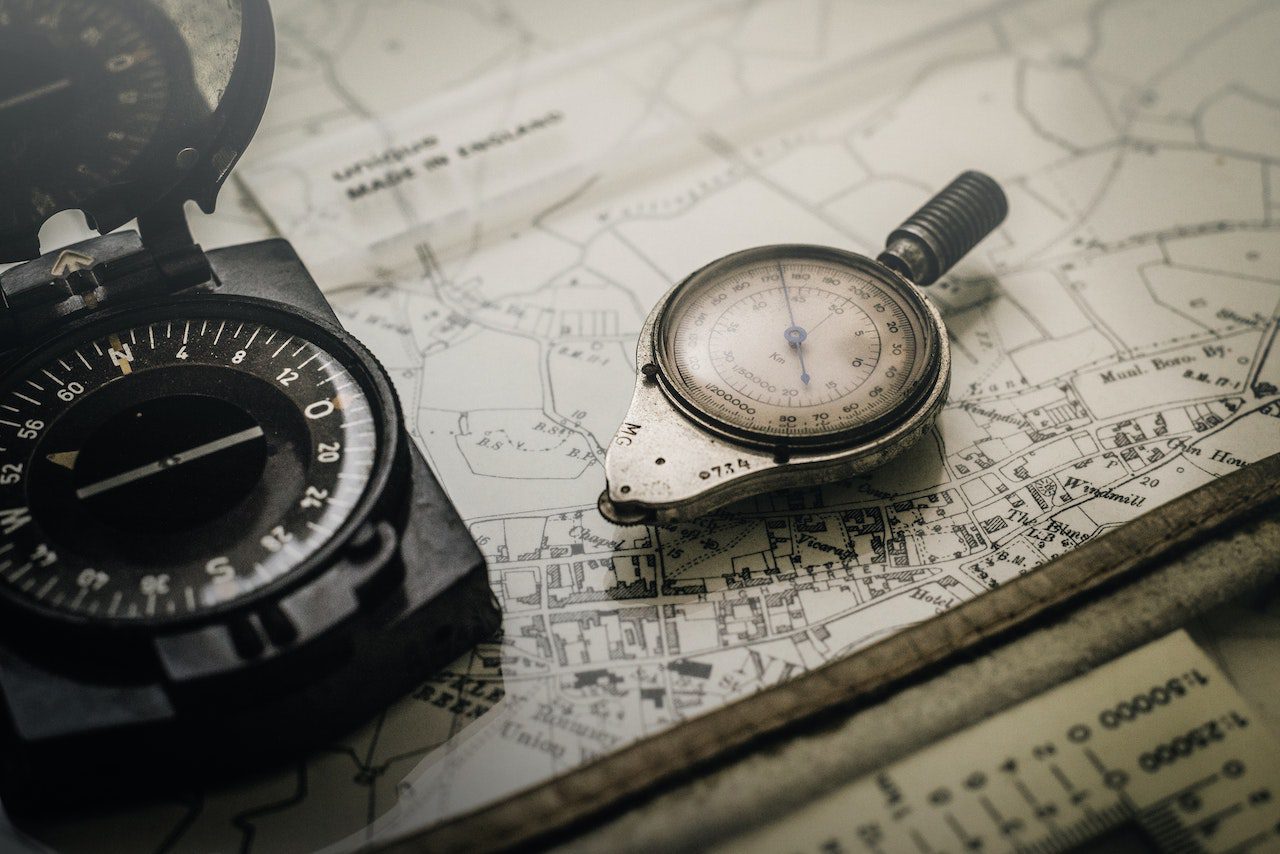
I do not recommend backpacking without knowing basic outdoor skills or going with someone who does. The wilderness can be harsh and dangerous, especially for those who don’t know what they are doing. If you are interested in backpacking and want a place to start, check out “How To Start Backpacking. A Beginners Guide By A City Boy.”
That's All!
Let me know when backpacking is worth it for you!

